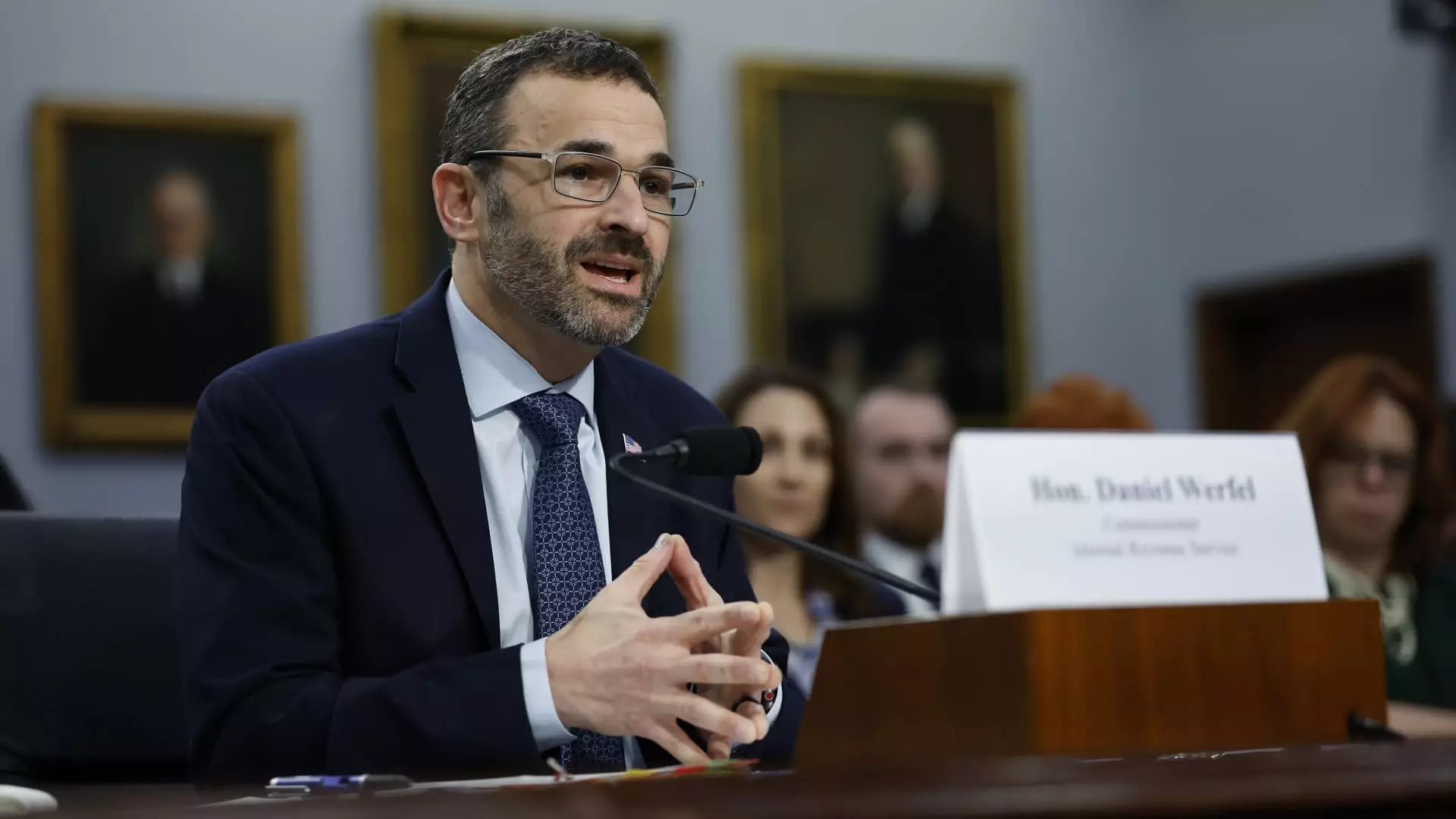The IRS, in collaboration with the U.S. Department of the Treasury, has unveiled exciting updates to its Direct File program, which provides a complimentary tax filing option for millions of Americans. Starting next year, the initiative will broaden its reach to over 30 million taxpayers across 24 states, marking a significant leap from its pilot phase in 2024. Designed to help individuals navigate their tax responsibilities without the financial burden of preparation fees, Direct File aims to simplify the process, ensuring greater accessibility for a wider demographic.
Initially launched as a pilot in a dozen states—including heavyweights like California and New York—the Direct File program’s expansion is set to include an additional 12 states such as Alaska, Maryland, and Wisconsin in its 2025 iteration. This expansion reflects an acknowledgment by the IRS of the diverse needs of American taxpayers and an effort to ensure that residents in a wider variety of states can benefit from centralized and free tax filing solutions. The program’s growth strategy is not only ambitious but also inclusive, with more states expected to join the initiative in subsequent years.
The Direct File pilot program has demonstrated evolving capabilities, with plans to support a broader range of tax situations. In its initial rollout, the program catered primarily to those with straightforward income scenarios, such as W-2 wages or social security benefits. However, the upcoming season promises enhanced support by incorporating various forms of income, including pension distributions and interest earnings exceeding $1,500. These enhancements are crucial for accommodating a larger swath of filing scenarios often encountered by everyday Americans.
Additionally, tax credits that were previously available in the pilot, like the earned income tax credit and child tax credit, will now be supplemented with further options, including the child and dependent care credit and additional credits aimed at supporting elderly or disabled taxpayers. This evolution not only recognizes the complexities of modern financial situations but also aligns with the IRS’s goal of addressing the needs of working families, thereby enhancing the overall user experience.
Early adoption data suggests that the Direct File program has already made a significant impact. With over 140,000 users benefiting from the service during its pilot, an estimated $5.6 million in tax preparation fees was saved. This statistic is compelling, highlighting the potential for Direct File to alleviate financial stress for families faced with the burdens of compliance. The program’s focus on maintaining certain “above-the-line” deductions further supports taxpayers in maximizing their returns, which is particularly essential in times of economic uncertainty.
As the IRS and the Department of the Treasury continue to refine the Direct File program, the future appears promising. With plans for gradual expansion and an ongoing commitment to addressing taxpayers’ needs, the initiative is poised to revolutionize how Americans file and manage their taxes. This evolving landscape not only aims to provide a stress-free solution for individual taxpayers but also represents a long-overdue modernization of the tax filing process in America. By bridging the gap between complexity and accessibility, Direct File stands as a landmark effort towards financial empowerment in the face of bureaucratic challenges.

Leave a Reply